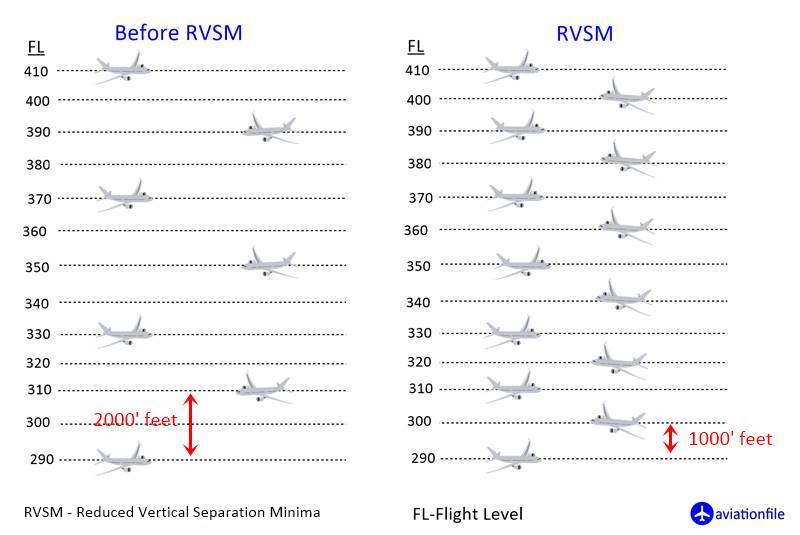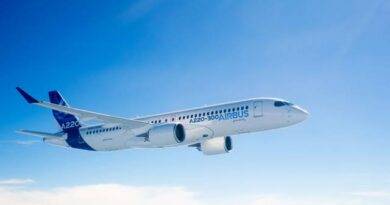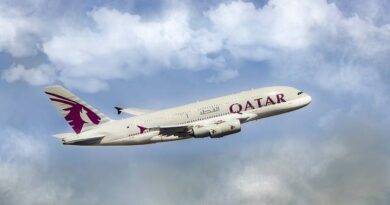RVSM – Reduced Vertical Separation Minimum
Reduced Vertical Separation Minimum is an aerospace term whose abbreviation is “RVSM”. According to this term, aircraft describe the application that allows the standard vertical separation between 290 flight levels (Flight Level) and 410 flight levels to be reduced from 2,000 feet to 1,000 feet.
Thanks to the lower vertical separation levels, the number of aircraft that can fly safely in RVSM airspace increased. So do you think planes that pass close together would not be more dangerous? Or if it is not dangerous, have you ever thought about why this design was not made before? Now, let’s answer these questions together.
RVSM has emerged with the need for more efficient use of airspace. Based on this requirement, ICAO initiated a technical study and announced that, according to the results published in 1988, it is technically possible to reduce the vertical separation at these levels to 1,000 feet. Between 1997 and 2005, it was implemented over the entire European Airspace, North Africa, Southeast Asia, North America, South America and the North Atlantic, South Atlantic and Pacific Ocean.
As a result, RVSM is a method that reduces the vertical separation of aircraft flying between levels from FL290 (29,000 feet) to FL410 (41,000 feet) from 2,000 feet to 1,000 feet.

Well, let’s briefly summarize the benefits of RVSM application.
– Increased airspace capacity,
– Convenience in air traffic management,
– Increased options for airplanes in situations requiring possible avoidance (turbulence etc.),
– Providing fuel efficiency by flying at more efficient altitudes.
So why was this application based on a level separation of 2,000 feet in the past? That is to say, in the past, planes flying below FL290 could fly at 1,000 feet vertical separation, but any aircraft flying above FL290 had to leave 2,000 feet separation from another. Because the accuracy of the pressure-measuring altimeters was insufficient as the planes rise from the ground, and at that time the altimeters were not accurate enough to guarantee the safe distance between the planes at those levels.
In 2005, RVSM was implemented in 48 states, including Alaska, the Gulf of Mexico, the Atlantic High Offshore and San Juan FIR. Therefore, more planes fly at more efficient altitudes, thus saving fuel. When launching RVSM, according to the FAA study, RVSM airline flights proved to burn approximately 2.5% less fuel per trip in the 12 city pairs studied.
However, there are strict rules that must be followed in everything in aviation. This applies to aircraft flying at RVSM airspace. If an aircraft is to fly in RVSM airspace at certain reduced vertical separation minima, it will need certified autopilots and altimeters. In addition, pilots flying in RVSM airspace needs special training and certification. If a pilot is not authorized to fly in RVSM airspace, the air traffic controller must keep that plane below FL290.
For more articles click.
ICAO – Operations in Reduced Vertical Separation Minimum Airspace documentation.


